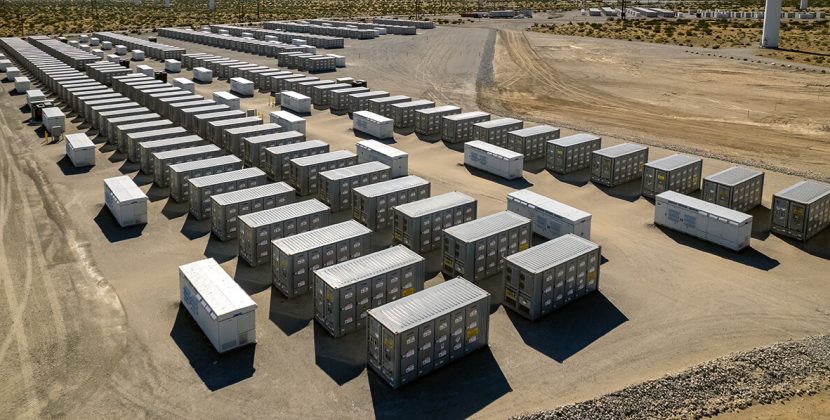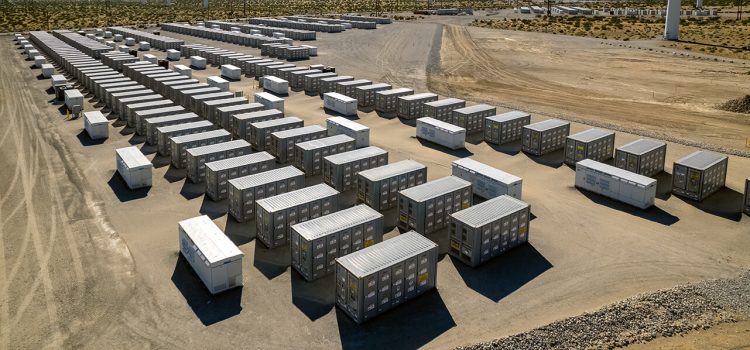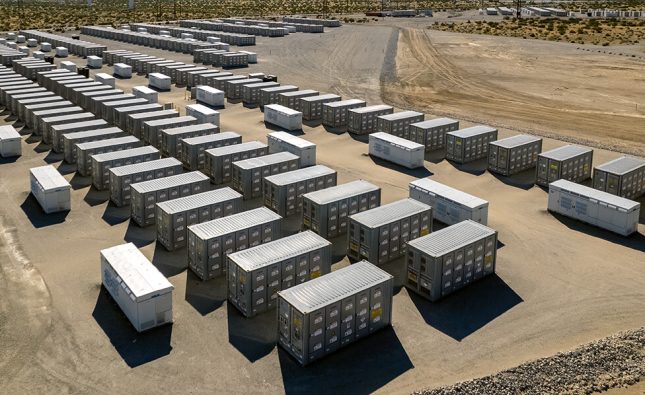
Introduction
Indiana is taking a bold step toward a cleaner future with its brand-new EV battery plant, set to revolutionize mobility across the Midwest. This state-of-the-art facility, backed by a $3.5 billion investment from General Motors and Samsung SDI, will produce advanced battery cells for electric vehicles. By creating over 1,600 high-tech jobs, boosting local businesses, and supporting sustainable manufacturing, the plant promises to transform both Indiana’s economy and America’s shift to electric transportation. In this article, we’ll explore how the plant works, why it matters for the auto industry, and what it means for Hoosiers and the planet.
The Backstory: Why Indiana?
A Strategic Choice
- Location Advantage: Indiana’s central location and strong logistics network—major highways, rail lines, and proximity to assembly plants—make it ideal for battery manufacturing.
- Workforce Readiness: The state has a long tradition of automotive and advanced manufacturing skills. Local colleges and technical schools are ready to train new EV-focused talent.
- Economic Incentives: State and local governments offered performance-based tax breaks, infrastructure support, and workforce grants to secure the project.
Governor Eric J. Holcomb praised the deal as “a historic win for Indiana” that secures the state’s role in the electric future.
Building the Plant: Scale and Technology
Size and Scope
- Site Footprint: The factory spans 2.5 million square feet on a 680-acre megasite in New Carlisle, St. Joseph County.
- Production Capacity: Initial output of 27 GWh of battery cells per year, enough for roughly 500,000 EVs, with room to expand to 36 GWh.
- Timeline: Groundbreaking in late 2025, first production in 2026, and full capacity by 2027.
Cutting-Edge PRiMX Technology
The joint venture uses Samsung SDI’s PRiMX nickel-rich cell chemistry. Key benefits include:
- High Energy Density: More power in a smaller, lighter package.
- Long Cycle Life: Batteries last longer through repeated charging.
- Safety Features: Improved chemical stability reduces fire risk.
- Sustainability: Designed for recycling and reuse at end of life.
Economic Impact: Jobs and Growth
Direct Employment
- 1,600 New Jobs: Roles range from cell technicians and quality analysts to engineers and plant managers.
- High Wages: Competitive salaries with benefits, apprenticeships, and career growth paths.
Indirect Economic Boost
- 2–3 Additional Jobs per Direct Role: In construction, logistics, and local services.
- Local Business Growth: Hotels, restaurants, and suppliers will see increased demand.
- Tax Revenue: Long-term increase in property and income tax funds for schools and infrastructure.
St. Joseph County expects a ripple effect that strengthens the region’s economic health for decades.
EV Mobility: A National Imperative
U.S. Shift to Electric
- Automaker Targets: GM, Ford, and Stellantis plan to offer mostly electric fleets by 2035.
- Government Support: Federal tax credits and infrastructure investments under the Inflation Reduction Act.
- Consumer Demand: Growing interest in EVs for lower operating costs and environmental benefits.
Indiana’s plant helps secure a domestic supply of battery cells, reducing reliance on overseas suppliers.
Supply Chain and Sustainability
Securing Raw Materials
- Nickel and Cobalt: Key metals for high-energy cells.
- U.S. Mining and Recycling: Efforts to source materials domestically and develop battery recycling programs.
Environmental Stewardship
- Water Recycling: Closed-loop systems reduce fresh water use by up to 90%.
- Energy Efficiency: Renewable energy sources and waste-heat recovery lower the plant’s carbon footprint.
- Recycled Content: Use of recycled plastics and metals in production lines.
Sustainable practices ensure the plant aligns with global climate goals and corporate responsibility standards.
Workforce Development and Training
Education Partnerships
- Ivy Tech Community College: Customized courses in battery technology and advanced manufacturing.
- Local High Schools: STEM programs introduce students to EV and battery careers early on.
- Apprenticeships: Hands-on training that combines classroom learning with paid work experience.
Upskilling Current Workers
Indiana’s automotive workforce gains new skills in digital automation, robotics, and quality control—preparing them for the next generation of manufacturing jobs.
Challenges and Mitigation
Workforce Recruitment
- Challenge: Filling 1,600 specialized roles in a tight labor market.
- Solution: Aggressive recruitment drives, relocation incentives, and partnerships with veteran-transition programs.
Supply Chain Disruptions
- Challenge: Global shortages of battery metals.
- Solution: Diversifying suppliers, strategic reserves, and investing in domestic mining.
Market Timing
- Challenge: Matching production ramp-up with EV adoption rates.
- Solution: Flexible capacity planning and aligning with automaker launch schedules.
By anticipating these hurdles, the joint venture aims for a smooth, on-time start.
Community Engagement and Infrastructure
Local Infrastructure Investments
- Road Upgrades: State-funded improvements to handle increased truck traffic.
- Utility Upgrades: Expanded power and water lines to serve the new facility.
- Housing Support: Grants and incentives to develop workforce housing nearby.
Community Programs
- STEM Outreach: Visits to schools and community centers to spark student interest.
- Environmental Monitoring: Regular air and water quality checks to ensure safety.
- Local Grants: Funding for non-profits focused on job readiness and community health.
These efforts build goodwill and long-term community partnerships.
Comparison to Other North American Plants
Midwest EV Hub
Indiana joins fellow battery plants in Ohio, Michigan, and Tennessee:
- LG Chem & GM Ultium Cells: Two plants in Ohio and Michigan producing under the Ultium joint venture.
- Stellantis & LG in Kokomo, Indiana: A $2.5 billion plant focused on nickel-manganese-cobalt cells.
- Ford’s BlueOval City in Tennessee: A $5.6 billion site combining vehicle assembly and battery making.
Indiana’s PRiMX plant complements these to create a robust Midwestern battery manufacturing cluster.
What the Future Holds
Capacity Expansion
- Potential to reach 45–50 GWh with next phases, supporting one million EVs annually.
- Integration of solid-state battery pilot lines for next-gen performance.
Broader Electric Ecosystem
- EV Component Suppliers: Seats, power electronics, and charging hardware industries will grow.
- Charging Infrastructure: More public and private charging stations will follow as EV numbers rise.
- EV Recycling Facilities: New centers to process used batteries and recover valuable materials.
Indiana is poised to become a national leader in the entire EV value chain.
Conclusion
Indiana’s new EV battery plant represents a major leap toward revolutionizing mobility in America. With a $3.5 billion investment, advanced PRiMX battery technology, and over 1,600 quality jobs, the New Carlisle facility cements the Midwest’s role as an electric vehicle hub. Beyond boosting the local economy, the plant supports national goals for cleaner transportation, energy independence, and sustainable manufacturing. As construction progresses and hires begin, Hoosiers can look forward to new career opportunities, infrastructure upgrades, and a greener future on the road. Indiana’s bold commitment to electric mobility shows how states can lead in the clean-energy revolution—fueling vehicles, jobs, and innovation for generations to come.










